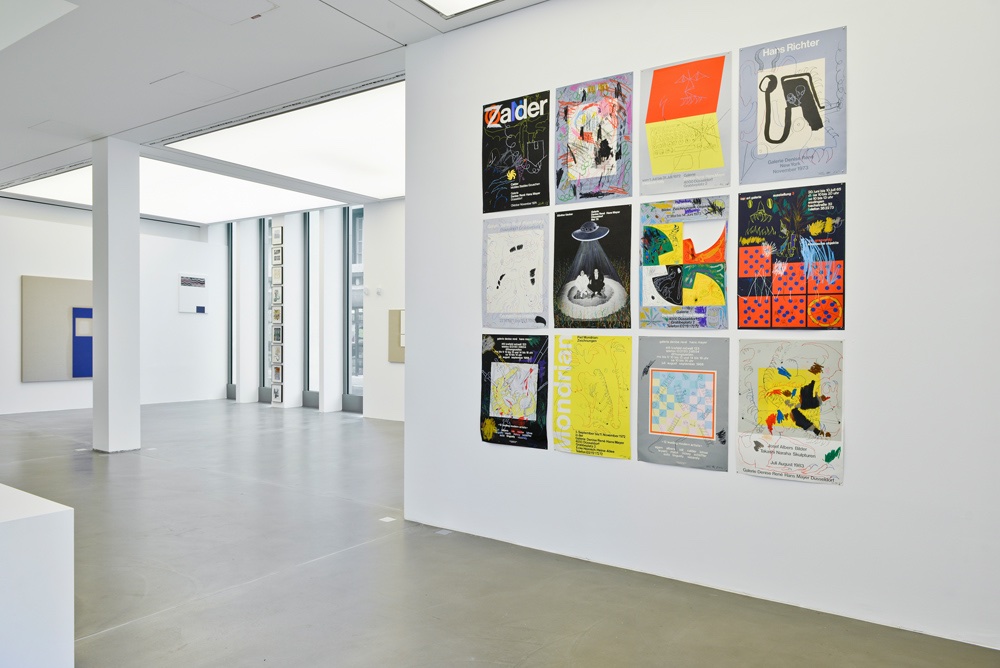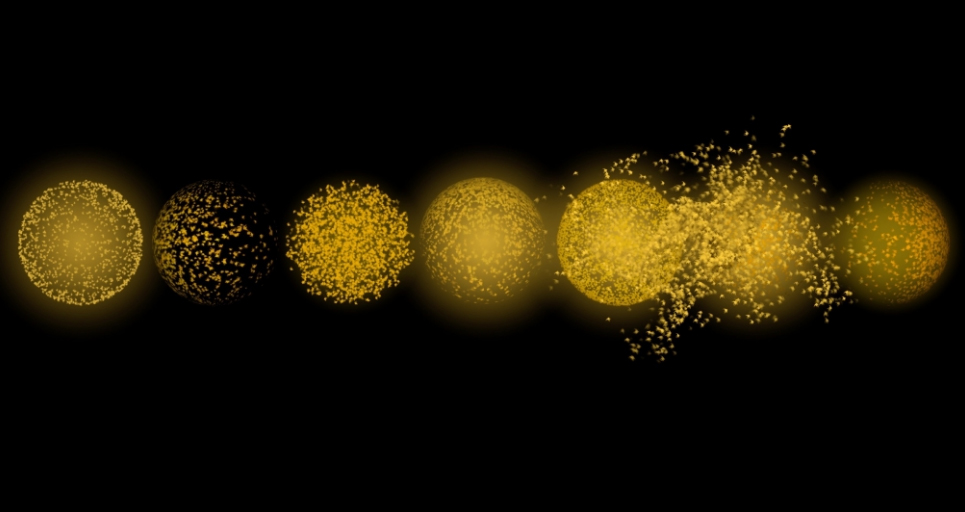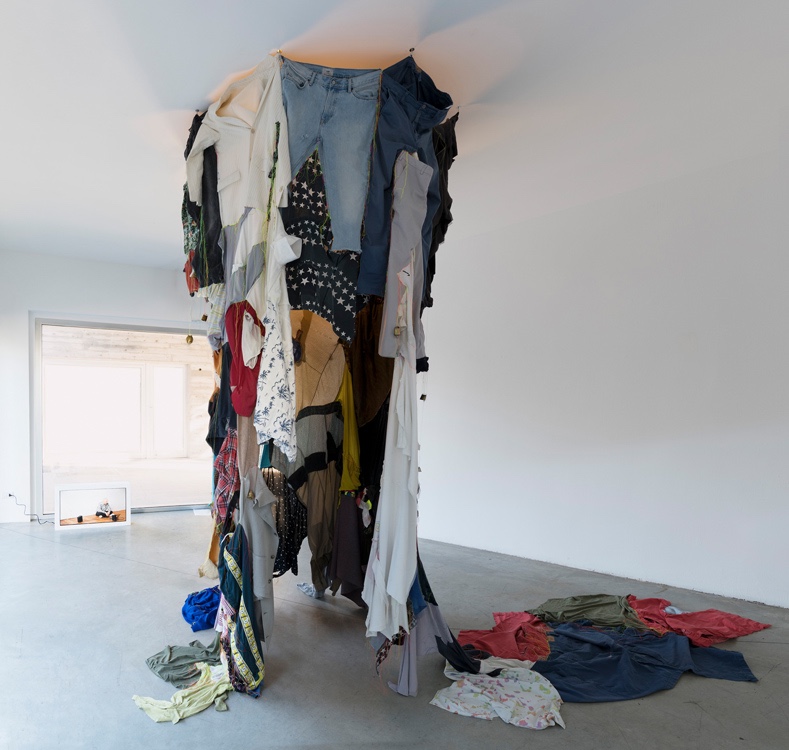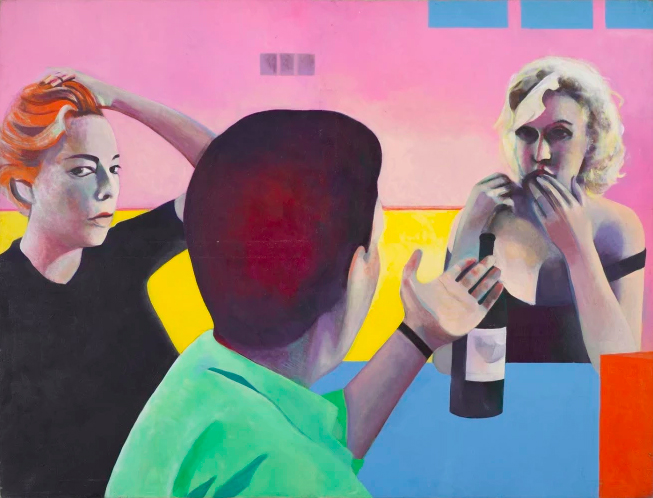TAKESADA MATSUTANI
2017-07-10From the early 1960s to the early 1970s, Matsutani was a key member of the ‘second generation’ of the Gutai Art Association (1954 – 1972), Japan’s innovative and influential art collective of the post-war era. One of the most important Japanese artists still working today, Matsutani continues to demonstrate the spirit of Gutai throughout his practice, conveying the reciprocity between pure gesture and raw material.
‘In Gutai Art, the human spirit and matter shake hands with each other while keeping their distance. Matter never compromises itself with the spirit; the spirit never dominates matter,’ stated Jiro Yoshihara, founder of the Gutai Art Association, in his ‘Gutai Art Manifesto’ (1956).
Exemplary of his commitment to the Gutai ethos is Matsutani’s lifelong artistic exploration with polyvinyl acetate adhesive, otherwise known as Elmer’s glue. Harnessing the rapid economic and technological growth of post-WWII Japan, a young Matsutani chose to explore the expressive opportunities of vinyl glue, a material that first entered mass production in the early 1960s. In his earliest experiments, Matsutani impregnated the canvas surface with bulbous elements, using his own breath to create swollen and ruptured forms evocative of flesh and wounds.
Opposite – Work-C, 1971
Exhibition runs through to September 17th, 2017
Hauser & Wirth
901 East 3rd Street
90013 Los Angeles





